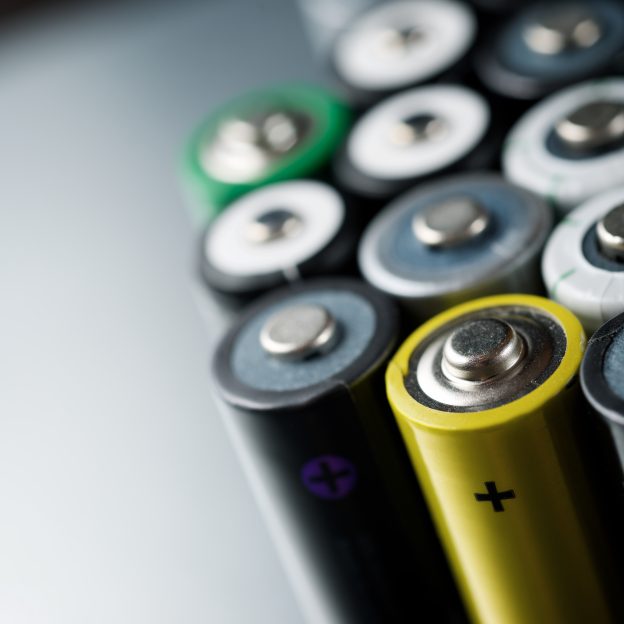
Tidal power appears to have a huge development potential for countries with long coastlines. However, adopting tidal power as part of a general transition to clean and renewable energies is not an easy task. The various kinds of tidal generation systems on the whole have yet to reach the required technological maturity and economies of scale for commercialization. There are still many huge hurdles to overcome before tidal power can take off in the renewable energy market.
While the world’s oceans contain a vast reserve of renewable and non-renewable energies, tapping into these resources is not without pitfalls. Generation equipment of any kind, whether it is operating above or below the surface of the sea, needs to be designed to survive saltwater corrosion and the pounding force of ocean waves. The same harsh conditions also make the inspection and repair of equipment difficult as well as expensive. For tidal power, the relatively high operating and maintenance costs have always been its pain point.
Tidal power is among a selection of newly emerged energy technologies such as wave power, airborne wind energy, and small modular reactors. Although these technologies have been touted as having a bright market prospect and a transformative effect on our society, they still have a long way to go in terms of development before becoming mainstream. So far, attempts to develop commercially viable solutions for tidal power have been met with setbacks. Major industrial conglomerates Siemens and Alstom previously tried their hand in this field but then abandoned it because of technical and financial difficulties. Tocardo Tidal Power, which was based in the Netherlands, declared bankruptcy in 2019 after failing to obtain financial backing from the Dutch government and private sector.
Even if developers of tidal power manage to resolve the major technical issues one by one in the short term, they will still be playing catch-up to the offshore wind sector that continues to expand in installed generation capacity as it matures further. However, some participants in the tidal power market now feel that the turning point is near. Tim Cornelius, CEO of Simec Atlantis Energy (SAE), told Greentech Media that the levelized cost of tidal power—specifically tidal stream generation—has to fall to around £60 per megawatt-hour in order to be competitive with offshore wind in the UK. He added that such scenario would be possible if the cumulative generation capacity of tidal stream generation reaches 500 megawatts.
SAE, which is based in the UK, has stated that it can now set up a tidal stream project with a levelized cost of around £100 per megawatt-hour. The company is recognized for having developed the world’s largest tidal stream generator that has a capacity of 2 megawatts and a lifespan of 25 years. Basically, a tidal stream generator is a submerged turbine that harvests the kinetic energy of the moving water.
Off the coast of Scotland, SAE has built an array of its tidal stream generators. The project, which is called MeyGen, has a total generation capacity of 6 megawatts and supplied nearly 13.8 gigawatt-hours of electricity in 2019. The second phase of the MeyGen project calls for an additional 80 megawatts of tidal stream generators installed between the island of Stroma and the Scottish mainland.
The growth of the offshore wind sector has in a sense stifled the development of tidal power. However, Cornelius pointed out that the increase in the installations of offshore wind turbines also brings benefits to his company and other tidal power developers. This is because both renewable technologies operate in the marine environment and face the same challenges. Expertise that offshore wind developers have gained with respect to maritime engineering and maintenance of generation equipment can be used by tidal power developers and vice versa. Moreover, the interests of both sectors are aligned when dealing with issues related to environmental impact, fisheries, and shipping traffics.
Moreover, new opportunities have arisen for the future deployment for tidal generation systems worldwide. The latest energy policies from the UK government include new power auctions that aim to accelerate the maturation of emerging technologies such as floating offshore wind and other ocean-related renewable solutions. Greentech Media in its coverage of SAE also stated that China is showing interests in tidal power. Earlier this April, SAE proceeded to install 500 kilowatts of equipment for tidal stream generation in the waters of Zhoushan Archipelago that is located off the coast of China’s Zhejiang Province. The work was carried out despite the COVID-19 outbreak.
As reported by Greentech Media, the trade group Ocean Energy Europe said that at least four suppliers of tidal generation equipment are now actively engaging in the Chinese market. Their efforts there provide a chance to significantly advance the overall development of tidal power in the future.
(News source: TechNews. Photo credit: Pixabay.)







